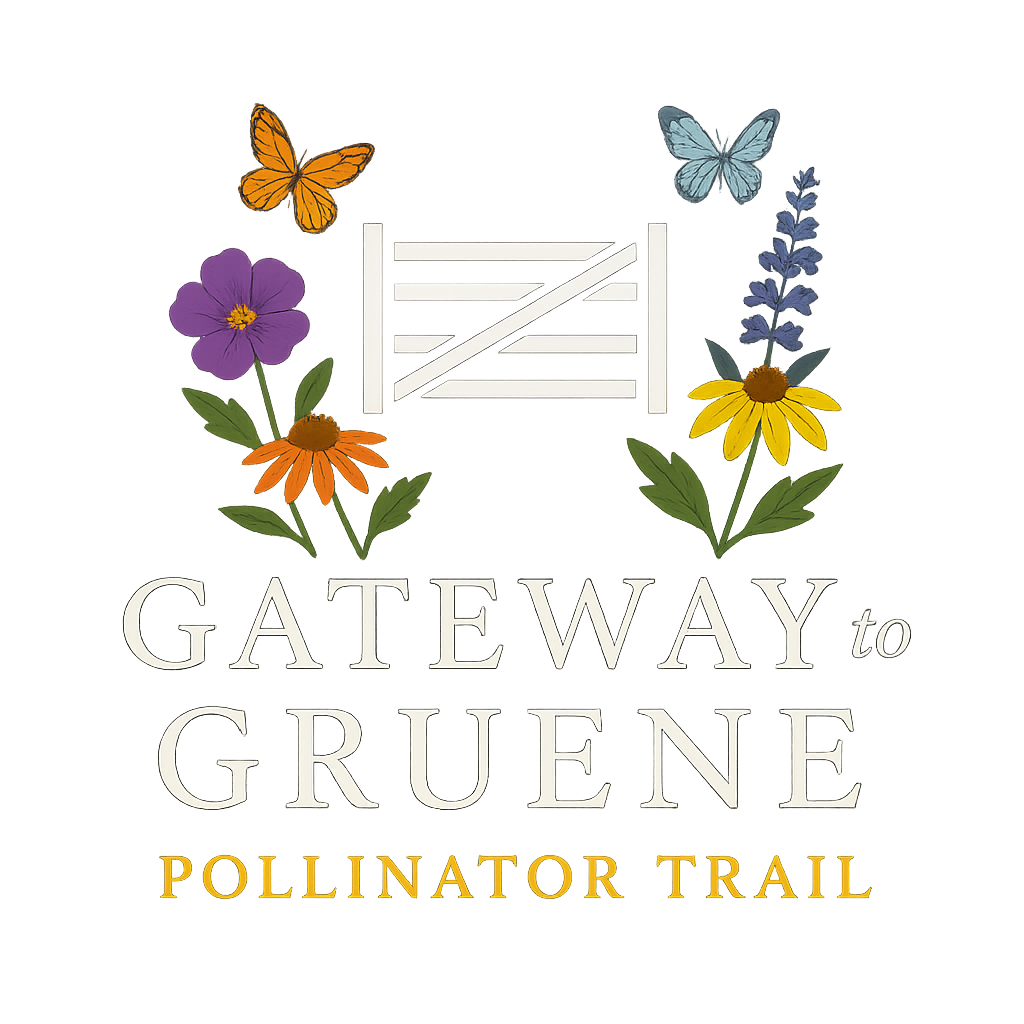Species Profile: American Lady Butterfly
Common Name: American Lady Butterfly
Scientific Name: Vanessa virginiensis
Location: Found throughout Central Texas in open areas such as fields, meadows, prairies, and gardens. Often seen in sunny locations with abundant flowering plants.
Mating Habits: Males establish small territories and wait for females to pass by. After mating, females lay eggs singly on host plants, especially those in the Aster family like cudweed (Gnaphalium) and pussytoes (Antennaria).
Seasonal Habits / Migratory Patterns: The American Lady does not hibernate but instead migrates seasonally. In Central Texas, it is present spring through fall, with multiple broods occurring due to the long warm season.
Ecological Relevance: This species serves as both pollinator and prey. The larvae feed on native host plants, and the adults help pollinate various wildflowers. It is an important indicator species for the health of native meadows and prairies.
Interesting Facts:
Easily confused with the Painted Lady (Vanessa cardui), but distinguishable by two large eyespots on the hindwing underside.
Fast fliers that often bask with wings spread open.
Caterpillars create silk nests on host plant leaves for protection.
Native Plant Associations: Frequently visits asters, milkweeds, sunflowers, and goldenrods for nectar in Central Texas landscapes.
Conservation Note: Supporting native asters and reducing pesticide use can help sustain healthy populations of American Lady butterflies.

